From soldier to President
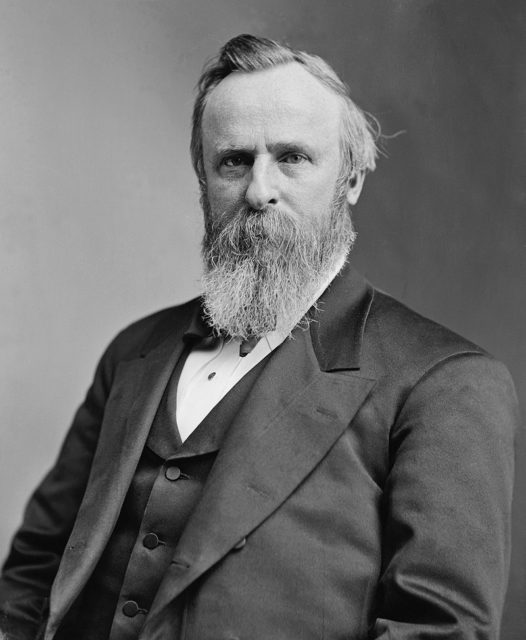
Of the many Union regiments that were sent to war, one counted future U.S. presidents among its members. The 23rd Ohio Volunteer Infantry, organized at Camp Chase in Columbus, Ohio was mustered in June of 1861 for three years of service and was commanded by Col. William Rosecrans.
The future Commander-in-Chief, Rutherford B. Hayes, a graduate of Harvard Law School started out as a Major. Due to his ferocity in battle was quickly promoted to Lieutenant Colonel. Although he was wounded four times and had four different horses shot from under him, Hayes remained in the infantry until 1864 when he was promoted to the rank of Major General. General Ulysses S. Grant had this to say about Hayes: his “conduct on the field was marked by conspicuous gallantry as well as the display of qualities of a higher order than that of mere personal daring.”
The other future leader was William McKinley, soon to be the 25th president. Starting out as a private, McKinley showed uncommon bravery and for his actions at Antietam Creek, he was promoted to Second Lieutenant. He served directly under Col. Rutherford Hayes and the two forged a lifelong friendship.
The bad luck of General Sedgewick
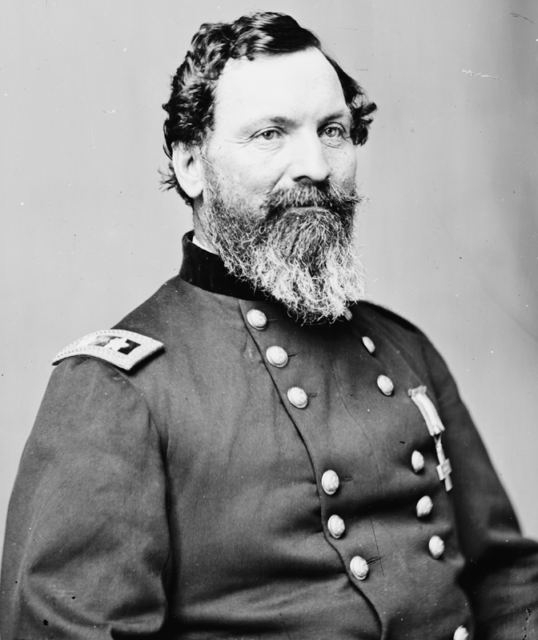
The commander of Union Sixth Corps, Major General John Sedgewick, had marched his men to support General Warren at the Battle of Spotsylvania. As his men were moved into position, enemy sharpshooters started to rain down on the Union force. As the men began to dodge the bullets, General Sedgewick laughingly remarked, “They couldn’t hit an elephant at this distance.” Within seconds the General was shot in the face and died instantly.
Stonewall Jackson
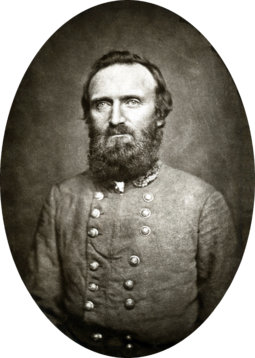
May 10, 1863, Confederate General Thomas J. “Stonewall” Jackson was preparing to lead his men into the fight at Chancellorsville, Virginia. Known for taking catnaps under trees even as bullets whizzed by, Stonewall had propped his sword against the tree. The sword fell, leading many to believe it was a bad omen. Later that day, returning with his aides from a reconnaissance mission to observe the position of the Union army, Jackson was mistaken for the enemy and was shot. Confederate General A.L. Long recorded this incident in his memoirs cementing the belief that the sword falling was a bad omen when, in fact, it was just a coincidence.
The Irish fought on both sides
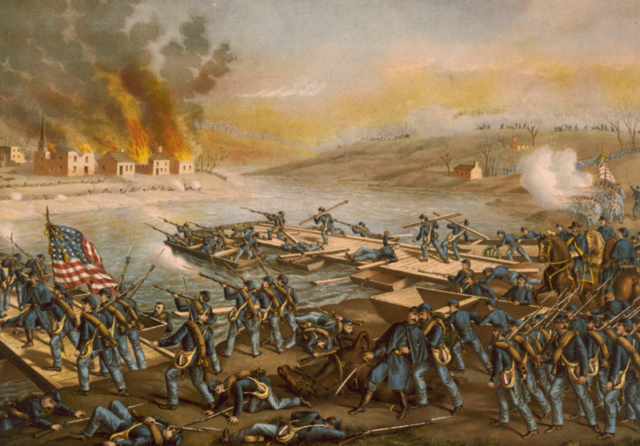
The American Civil War is known for the fact that loved ones fought on different sides. When the Irish fled the famine conditions in Ireland, some came to the North while others made their homes in the South. In December of 1862 during the Battle of Fredericksburg Irish regiments met each other in battle. The Union Irish Brigade, made up entirely of Northern Irishmen, was cut to pieces by the Confederates. No one took joy in this victory, which cost the lives of so many young Irishmen. The Rebel Irishmen laid down their weapons and with tears in their eyes cheered the remaining Union soldiers, overwhelmed with regret that they had been forced to cut down their own countrymen.
The assassination of President Garfield
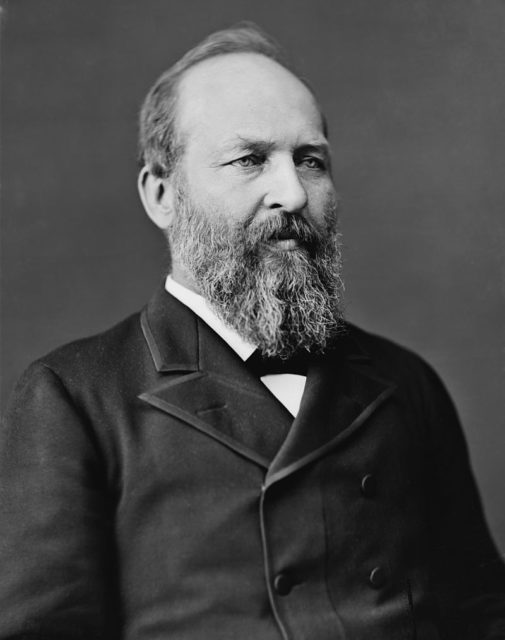
James A. Garfield, the 20th U.S. president who had served in the Civil War in the 42nd Infantry, survived the war without incident. This was a fortunate thing as the medical knowledge at the time was rather primitive. The correlation between dirt, germs and disease had not yet been discovered. Military surgeons often went from patient to patient without washing or changing clothing, using the same instruments for every patient and spreading infection as they went.
In July of 1881, President Garfield was walking with his Secretary of State James G. Blaine at the Washington D.C. train station when Charles Guiteau, a mentally disturbed Washingtonian who had expected Garfield to award him the European Consulship, shot him. Dr. Willard Bliss, chief surgeon at the U.S. Army hospital in Washington, was immediately summoned. Dr. Bliss attempted to find the bullet which was lodged in the President’s pancreas without first washing his hands. At the hospital he also performed surgery, presumably with no sterilization, introducing mass infection into the President’s body. Had the doctors known about the causes and treatment of infection Garfield surely would have survived. After the death of the President, American medicine was changed forever with the introduction of sterilization.
General Gordon’s near miss
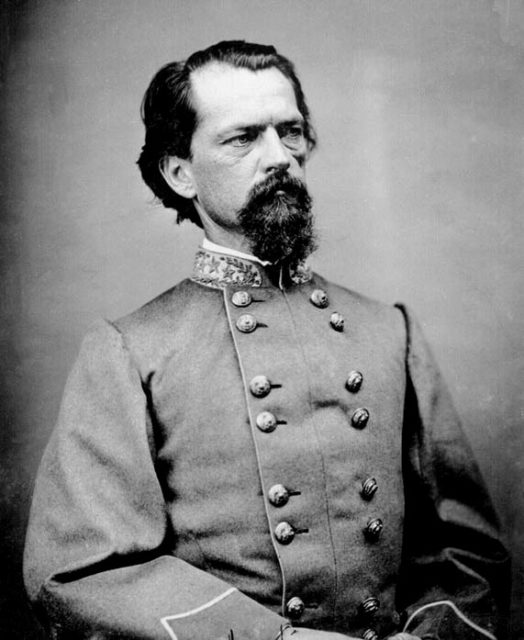
On September 17 of 1862, the Battle of Antietam, considered the bloodiest day of the war, was fought near the town of Sharpsburg, Maryland. Confederate General John Brown Gordon helped lead the defense of the Confederates along a sunken road forever known as “Bloody Lane.” If not for a hole in the General’s hat he would have died.
Gordon was shot in the face and as he lurched forward on his horse his face fell into his hat filling it with blood. The hole allowed the blood to drain out before the General drowned. Not only did Gordon recover, but he also went on to achieve the rank of Lieutenant General and served as Governor of Georgia and in the U.S. Senate sporting the battle scar that took half of his cheek.
Todd Carter
At the beginning of the Civil War a young man from Franklin, Tennessee joined the Confederate Army. Todd Carter remained in the service for the duration of the four-year war only to find himself in the division of General John Bell Hood facing the Union Army in his hometown of Franklin. Hood, a tall, blonde Texan, was a daring and fearless commander who launched some the worst fighting in the war. He had fought with Jackson and Gordon at Antietam. During the war, he had lost an arm and a leg, but stayed in the army and even led a battle in the Western theater as Robert E. Lee was surrendering the Confederate army to General Ulysses S. Grant in Virginia. One of these battles occurred in Carter’s front yard. While his family took shelter in the cellar, Carter led the charge shouting, “Follow me, boys; I’m almost home.” After all of his travels and battles across the Confederacy, at the very end of the war Todd Carter was shot and mortally wounded in the yard of his own home.
Jefferson Davis
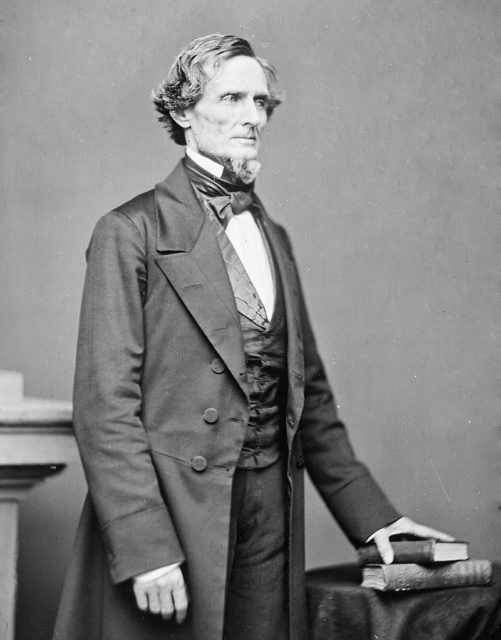
As most Commanders do, Confederate President Jefferson Davis made a point of visiting the army during the war. During November and December of 1862, Jefferson was touring the soldier’s camps stopping at Fredericksburg in Virginia, Murfreesboro in Tennessee, and Vicksburg in Mississippi. Coincidentally, at every camp he visited a major battle broke out not long after he left.
Friendly fire
In May of 1863 CSA General “Stonewall, ” Jackson was returning with his aides from a scouting party to determine the status of the Federals. As the group emerged from a thicket in the darkness, Jackson’s lookouts mistook them for Union soldiers and opened fire. Jackson was struck in his left arm. After being rushed to a nearby house, his arm was amputated and buried just outside of the window where he was recuperating. When his commander, General Robert. E. Lee was advised of the situation he sadly remarked, ”Jackson has lost his left arm, but I have lost my right.”
The doctor expected a full recovery. His wife came with their baby daughter and planned to stay until he was released by the doctor. Not long after his wife arrived, Jackson’s health began to deteriorate. The General had developed pneumonia but because of the lack of modern knowledge of medicine, Jackson did not recover.
Almost one year to the day of Jackson’s wounding Confederate Lieutenant General James Longstreet was leading a battle during the campaign of the Wilderness. As Jackson had done, Longstreet and his aides had ventured out on the very same road to determine the battle plan for the next day. Upon their return, his men believed they were Union soldiers and opened fire. Although Longstreet was shot in the neck, he did make a full recovery and continued to the end of the war.
The Booth family

In one of history’s most remarkable coincidences, a death threat was sent to President Andrew Jackson. The author wanted Jackson to release two men that had been arrested for piracy, threatening to cut the President’s throat if he did not comply. As death threats were and are common for the President, the letter was not taken seriously. In fact, the incident would have been lost to history if it were not for the actions of the author’s son. The author, Junius Booth, was the father of John Wilkes Booth, the assassin of President Abraham Lincoln.
